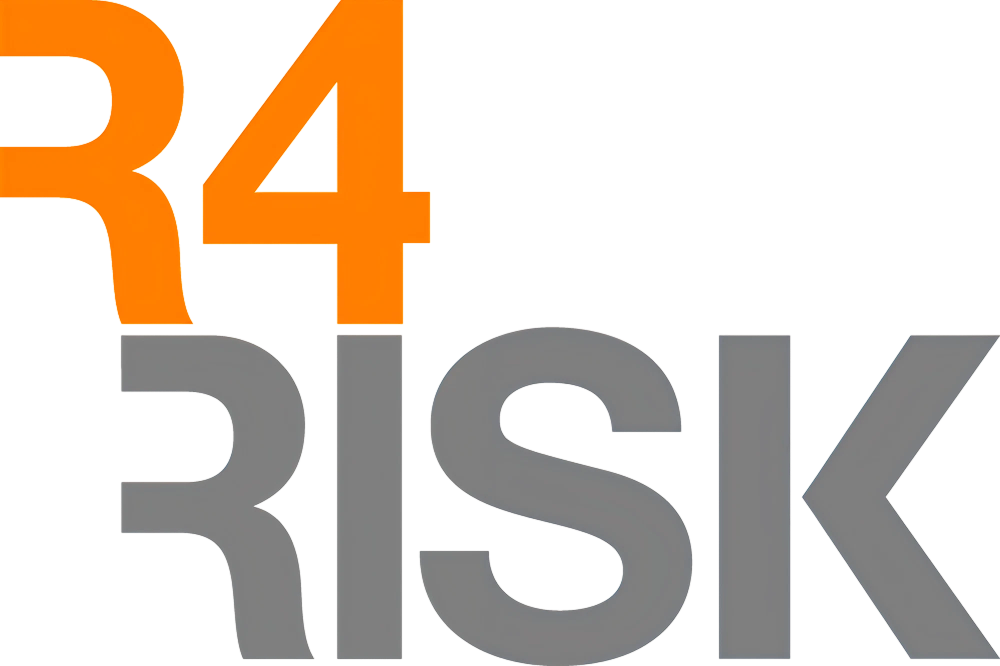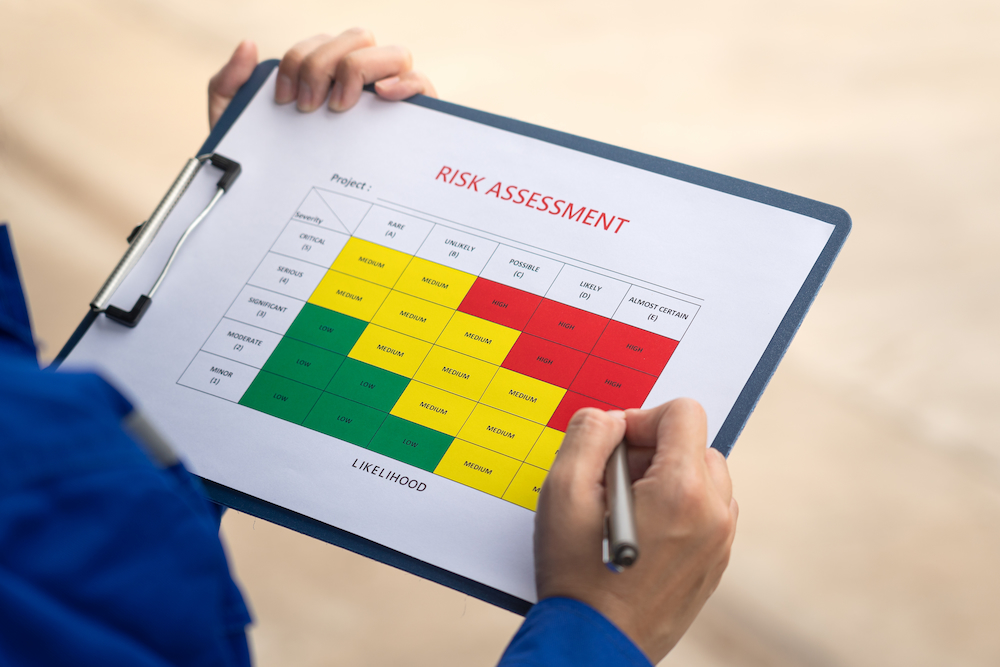At high-risk sites, such as Major Hazard Facilities (MHFs), Pre-Incident Plans (PIPs) should be more than just paperwork – they’re a frontline tool for emergency readiness. When developed well, PIPs not only meet regulatory requirements, but also provide practical, actionable guidance for site personnel and emergency services.
Fire Rescue Victoria (FRV) has set clear expectations for Victorian sites to prepare PIPs that equip first responders with the critical information they need to act quickly and safely during an incident.
At R4Risk, we specialise in developing PIPs that:
- Provide clear, immediate insights into site-specific hazards and credible scenarios
- Support faster, safer decision making under pressure
- Strengthen assurance for regulators, stakeholders and responders that risks are appropriately understood and the site is well-prepared to manage a major incident.
Lessons From the Field: Common Pitfalls
From our experience supporting clients across a wide range of sectors, we’ve seen what works (and what doesn’t) when it comes to developing effective PIPs. Key factors include:
- Early Engagement – collaborate with site personnel and emergency services during development, not after
- Visual Clarity – use annotated site plans, with contours of incident effects, making information easy to interpret under pressure
- Maintain Currency – regularly review and update PIPs to reflect any operational or layout changes.
Looking to Strengthen your Emergency Preparedness?
We combine our expertise in fire safety, consequence modelling and practical emergency planning to prepare PIPs that support both compliance and operational readiness. We don’t just tick boxes – we help you build confidence in your emergency response capability.
Get in touch to learn how our tailored approach to PIP development aligns with Fire Services’ guidelines, industry best practice and your site’s specific needs.





